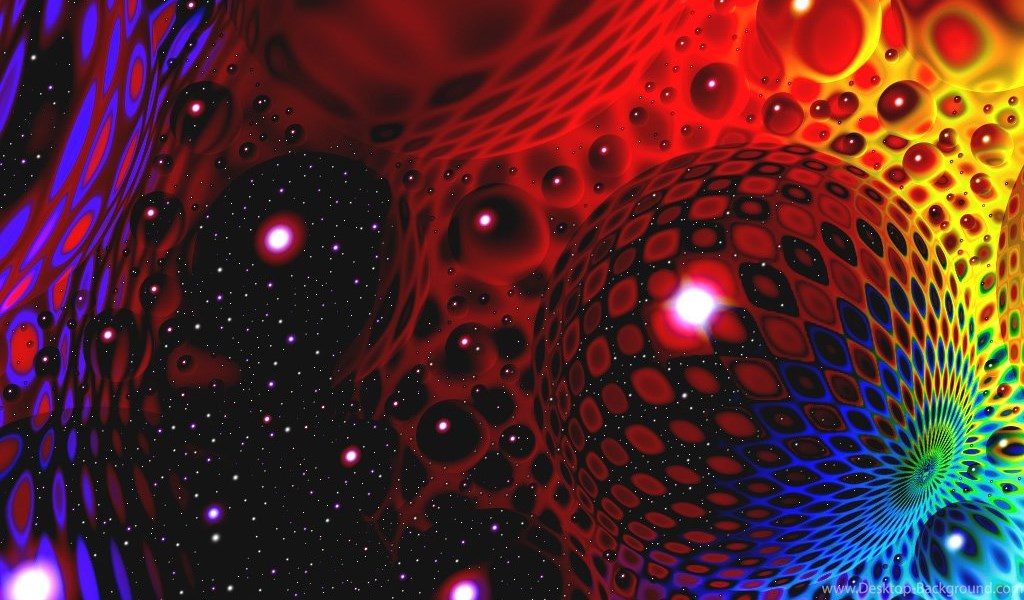
Psychedelics
are illegal not because a loving government is concerned that you may
jump out of a third story window. Psychedelics are illegal because they
dissolve opinion structures and culturally laid down models of behavior
and information processing. They open you up to the possibility that
everything you know is wrong.”
-Terence McKenna
As shortcuts to spiritual and transcendent experiences, psychedelics played an important role in human evolution and galvanized pre-historic ritualistic cultures. In modern times, banning psychedelic drugs has proven to be counterproductive. Just as banning sexual activity does not stop sexual desire, outlawing psychedelic drugs does nothing to suppress the innate human urge for transcendental experiences. Besides, prohibition rarely works as we saw with alcohol or marijuana. Despite their classification and the legal hurdles around working with Schedule I substances in the U.S., psychedelics have undergone something of a renaissance among researchers, and for good reason.
Psychedelic drugs such as LSD and DMT have a profound impact on human consciousness, particularly perception. They are closely associated with altered states of consciousness and characterized by their consciousness-expanding effects. Studies indicate that LSD can promote neuroplasticity by reducing functional connections between brain regions governing cognitive processes and increases connectivity in brain networks related to sensory functions. In some cases, LSD is reported to help repair the brain’s circuitry and functionality. Other studies show that psilocybin, contained in “magic mushrooms,” can induce a psychedelic experience by enacting a hyperconnected brain. Psilocybin seems to completely disrupt the normal communication networks in the brain, by connecting brain regions that do not normally communicate with each other. In addition to the well-known vivid hallucinations that these drugs can cause, they can have more long-lasting therapeutic effects. MDMA, or ‘ecstasy’, is known to trigger prosocial behavior. The loss of inhibition leads to increased levels of activity in the brain and can result in an increased synchronization between different cognitive processes.
People have been willing to alter their perceptions of reality for as long as there have been people, and now, the newest and oldest tools to explore ways for self-transcendence are coming together: Biohacking is on the rise and psychedelics are now oftentimes used to enhance experience in virtual reality. As early as 2030s, humans will be moving away from the biological towards increasingly non-biological substrate, so we’ll see the corresponding shift away from the traditional neuropharmacological inducers towards IT-based esctadelics. The term ‘ecstadelics’ includes a broad variety of futuristic psychedelic technologies, or simply “tools of ecstasy,” such as ultra-realistic artificially created realities, essentially aimed to recreate a desired psychedelic effect of LSD or DMT, or any other ecstatic state, and variations thereof yet to be discovered. Needless to say, that this type of “digital drugs” will be much more controllable, quantifiable and duplicable.
Ecstadelics are supposed to be safer, too — the practice that could sidestep excessively altering brain chemistry and exercise more control over a “digital trip.” You can also share your experience in real-time with a bunch of other psychonauts, or do anything that can be done with a multimedia file. Effectively creating VR or augmented virtuality from within the human nervous system via optogenetics and nanotech will ultimately help bypass the “wireheads” scenario, depicted in cyberpunk genre — no wires, no invasive electrode implants, no drilling of the cranium required.
In a new regime of cyber-freedom, the use of psychedelics and ecstadelics should be deemed our birthright to cognitive liberty, whether they are consumed for medicinal, therapeutic or recreational purposes. To paraphrase McKenna, the drugs of the future will be information technology in addition to or instead of neuropharmacology, the difference between the two, at least for the time being, is that you can swallow one but you can’t swallow the other. In fact, our brightest minds (in Silicon Valley and elsewhere) are working to fix that — this ecstadelic future, “cyber-bliss engineering,” is just over the horizon.
–by Alex Vikoulov
P.S. Adapted from the chapter on psychedelics/ecstadelics in my upcoming book “The Syntellect Hypothesis: Five Paradigms of the Mind’s Evolution,” that can be pre-ordered today.
Source:
https://www.ecstadelic.net/top-stories/psychedelic-renaissance-and-introduction-of-ecstadelics